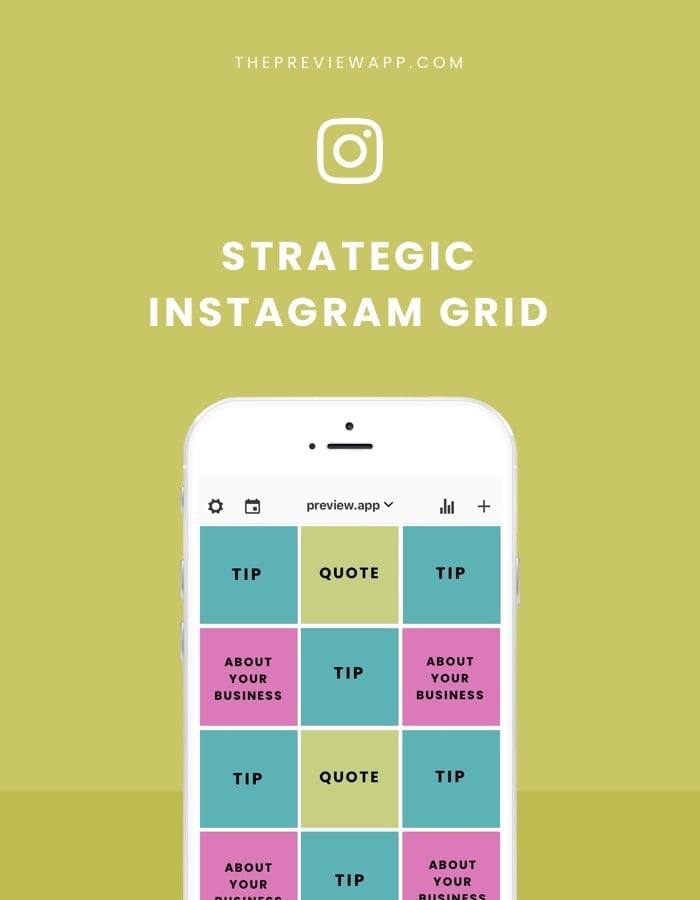

Try to create a well-balanced layout of elements, not cluttering one corner and leaving another section entirely empty - unless you specifically want your grid to look a certain way. You don’t want to create a pattern that is so busy it distracts from the images of your post. The sky is the limit! You don’t want to overwhelm your grid though, as the main highlight should still be the content of the posts. This can be scanned watercolour elements like brush strokes or splatters and sprinkles, lines, circles, etc. Then start adding what I call “background noise”. Browse through our library of Instagram grids and find a creative design to make your posts stand out. Create rectangles (use the rectangle tool on your left side bar, hold Shift to make squares) and fill them with the colour you like. Free Instagram Grid templates to download. If you want to create a certain pattern, like ascending squares with quotes or something the like, make sure to plan that out first. Now that you have your document all set up, start importing graphic elements! I always start with the background pattern first, before integrating photos or content. Unless you have done this before, do it now, before you lose any of your work! 4 - Add patterns and background elements One simple way to create this grid is by using a border shape (like a circle or hexagon) for each post that displays your standard images inside them. This will make sure you can’t accidentally drag your grid lines along instead of moving images. Make sure to lock the rulers before continuing to work on the document: go to View > Lock Guides.


 0 kommentar(er)
0 kommentar(er)
